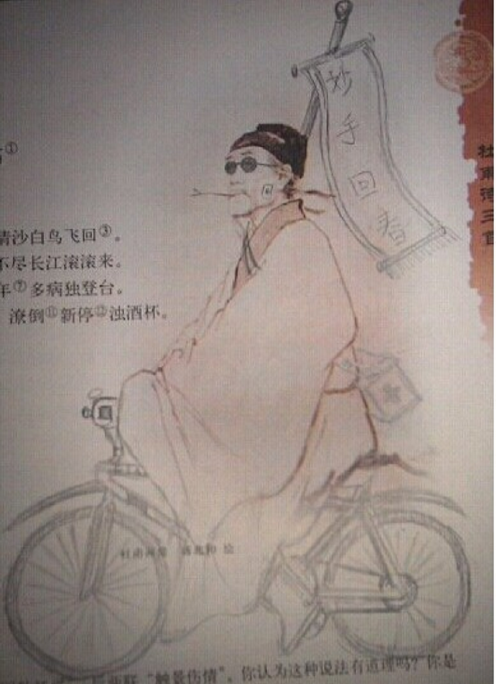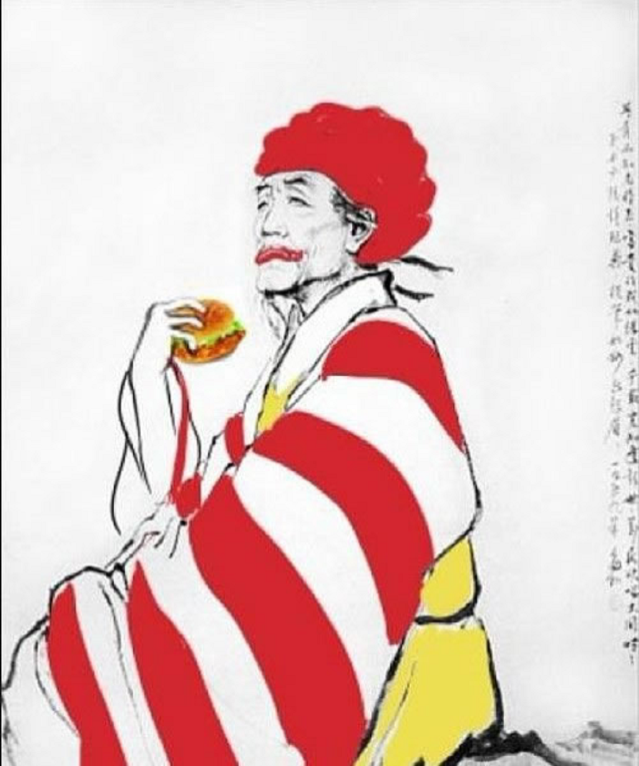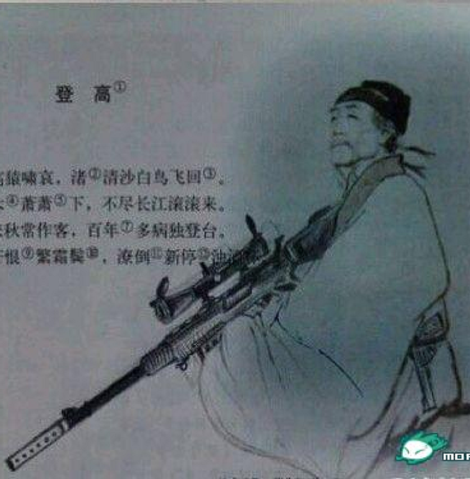阅读理解。
During the twentieth century there has been a great change in the lives of women. A woman marrying
at the end of the nineteenth century would probably have seven or eight children, of whom four or five
lived till they were five years old and up. By the time the youngest was fifteen, the mother would have
been in her early fifties and would expect to live a further twenty years, during which chance and health
made it unusual for her to get paid work. Today women marry younger and have fewer children. Usually
a woman's youngest child will be fifteen when she is forty-five and can be expected to live another
thirty-five years and is likely to take paid work until sixty.
This important change in women's life has only recently begun to have its full effect on women's
economic (经济的) position. Even a few years ago most girls left school and took a full-time job.
However, when they married their school-leaving age is sixteen. Many girls stay at school after that
age, and though women marry younger, more married women stay at work at least until shortly before
their first child is born. Many more afterwards return to fuller part-time work. Such changes have led
to a new relationship in marriage (婚姻), with the husband accepting a greater share of the duties and
satisfactions of family life.
1. We are told that in a family about 1900__________ .
A . few children died before they were five
B. seven or eight children lived to be more than five
C. the youngest child would be fifteen
D. four or five children died when they were five
2. One reason why the woman of today may take a job is that she __________.
A. is younger when her children are old enough to look after themselves
B. does not like children herself
C. needn't worry about food for her children
D. can be free from family duties when she reaches sixty
3. Many girls are now likely to __________.
A. give up their jobs for good after they are married
B. leave school as soon as they can
C. marry so that they can get a job
D. continue working until they are going to have a baby
4. According to the passage, it is now quite usual for women to __________.
A. stay at home after leaving school
B. marry men younger than themselves
C. start working again in life
D. marry while still at school
5. Now a husband probably __________.
A. plays a greater part in looking after children
B. helps his wife by doing much of the housework
C. feels dissatisfied with his part in the family
D. takes a part-time job so that he can help in the home

 名校课堂系列答案
名校课堂系列答案


